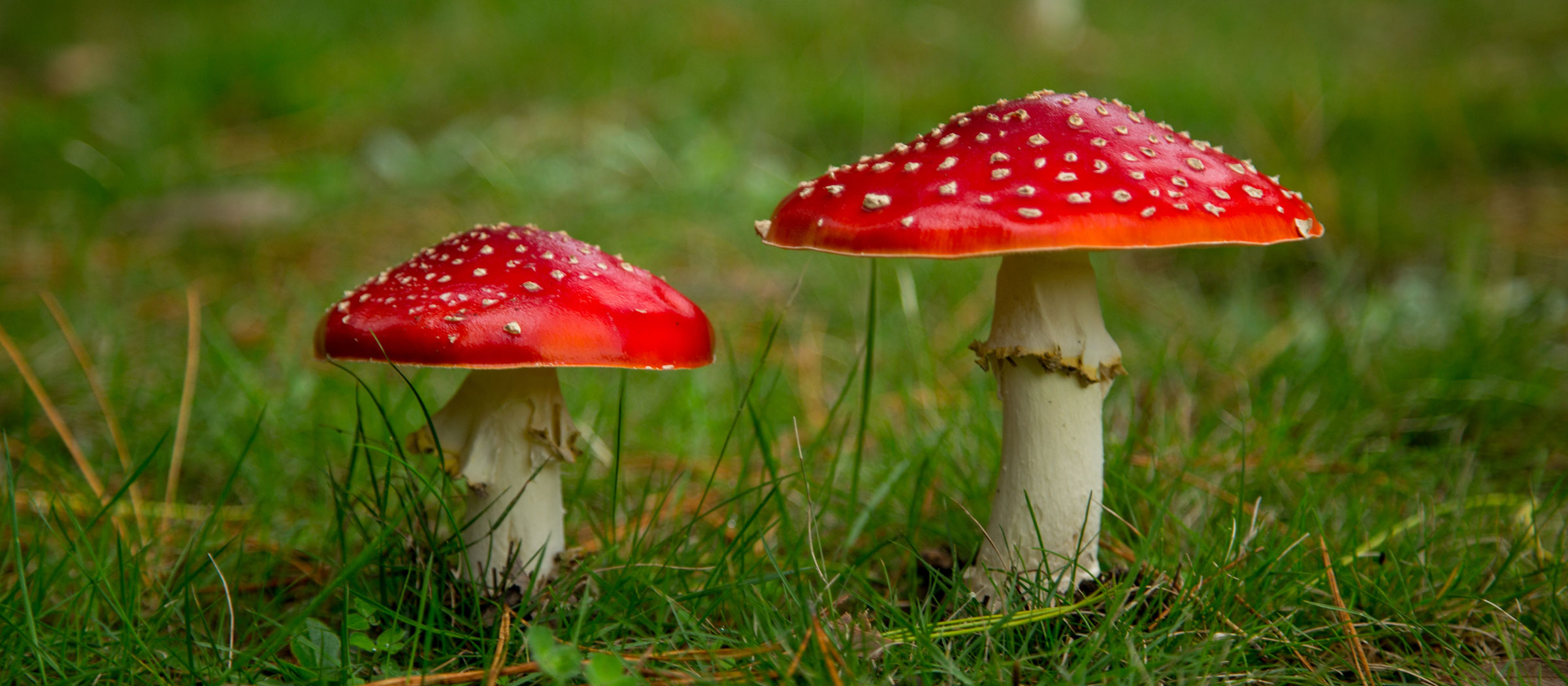
Mushrooms, with their diverse shapes, colors, and properties, have long captivated the human imagination. Among the vast array of mushroom species, few hold as much intrigue and danger as the Amanita mushroom. Known for its striking appearance and potent toxins, the Amanita genus has earned a notorious reputation in the world of mycology. In this article, we delve into the fascinating world of Amanita mushrooms, exploring their cordyceps buy , cultural significance, toxicity, and potential medicinal uses. Amanita mushrooms belong to the Amanitaceae family, which entails over 600 species worldwide. These mushrooms are characterized by their distinctive appearance, typically featuring a cap, root, and gills. However, not all Amanita species share the same characteristics, leading to variations in size, color, and shape. One of the most iconic Amanita species is the Amanita muscaria, commonly known as the fly agaric. Famous by its vibrant red cap adorned with white spots, the fly agaric has been depicted in folklore, literature, and art for centuries. Despite its alluring appearance, Amanita muscaria is highly toxic and can cause hallucinations, delirium, and even death if taken in.
Another notable Amanita species is the Amanita phalloides, also known as the death cap. Unlike the colorful fly agaric, the death cap is characterized by its plain greenish-yellow cap, making it less visually striking but equally unsafe. Consumption of even a small amount of Amanita phalloides can lead to severe ailing liver damage and, in some cases, prove fatal. Throughout history, Amanita mushrooms have played a significant role in various cultures and traditions. In many indigenous societies, these mushrooms were revered for their psychoactive properties and used in devout ceremonies and shamanic rituals. For example, Siberian tribes reportedly consumed Amanita muscaria to induce altered states of consciousness and commune with the spirit world. In addition to their spiritual significance, Amanita mushrooms have also been depicted in folklore and mythology. In European folklore, the fly agaric is often associated with magic and enchantment, featuring prominently in fairy myths and men or women beliefs. Its distinctive appearance and psychoactive effects inspired stories of witches’ potions, flying reindeer, and mystical our educational career. Despite their cultural and historical significance, Amanita mushrooms pose a serious threat to human health there isn’t any toxicity. The toxins found in Amanita species, such as amatoxins and muscimol, can cause severe poisoning and organ failure if taken in. What makes Amanita poisoning particularly dangerous is that symptoms may not manifest immediately, leading to delayed verdict and treatment.
The death cap (Amanita phalloides) is the majority of mushroom-related fatalities worldwide. Its toxins target the ailing liver, causing irreversible damage that can quickly progress to ailing liver failure if left unattended. Despite advances in chunks of money, there is currently no antidote for Amanita poisoning, and treatment often involves supportive care and ailing liver transplant in severe cases. Given the potentially fatal consequences of Amanita poisoning, it is crucial to be able to identify these mushrooms accurately. However, particular between edible and toxic Amanita species can be challenging, especially for novice foragers. Some key features to look out for when identifying Amanita mushrooms include: Cap: Amanita mushrooms typically have a distinct cap with various colors and patterns. While some species have bright red shelves with white spots (e. you have g., Amanita muscaria), others may have plain or slightly textured shelves. Gills: The gills of Amanita mushrooms are usually white or cream-colored and may be attached or free from the root. In some species, the gills may appear pinkish or brownish, depending on the maturity of the mushroom. Ring or Veil: Many Amanita species feature a ring or veil, a membrane-like structure that covers the gills when the mushroom is young. This ring may leave remnants on the root as the mushroom matures.
Spore Print: Examining the spore print of a mushroom can also help identify its species. Amanita mushrooms typically produce white or cream-colored spore printing, which can be obtained by placing the cap on a piece of paper or glass overnight. Habitat: Amanita mushrooms are often found growing in wooded areas, particularly around birch, pine, and oak forest. However, they can also can be purchased in grassy meadows, gardens, and urban parks. Despite their reputation for toxicity, Amanita mushrooms have garnered interest in modern medicine for their potential therapeutic properties. Research suggests that certain compounds found in Amanita species, such as muscimol and ibotenic acid, may have neuroprotective, anti-inflammatory, and analgesic effects. In traditional Chinese medicine, Amanita species like Amanita subjunquillea have been used to treat various ailments, including rheumatoid arthritis, inflammation, and cancer. While the safety and efficacy of Amanita-based treatments remain individual of debate, ongoing studies continue to explore their potential applications in treating neurological disorders, psychiatric conditions, and chronic pain. The Amanita mushroom, with its enigmatic allure and unsafe toxins, continues to charm and perplex researchers, foragers, and enthusiasts alike. From its prominent role in cultural rituals to its potential medicinal properties, the Amanita genus remains individual of both admiration and caution. As we continue to unravel the mysteries of these captivating fungi, it is essential to approach them with respect and caution, mindful of their potential dangers and therapeutic potential alike.